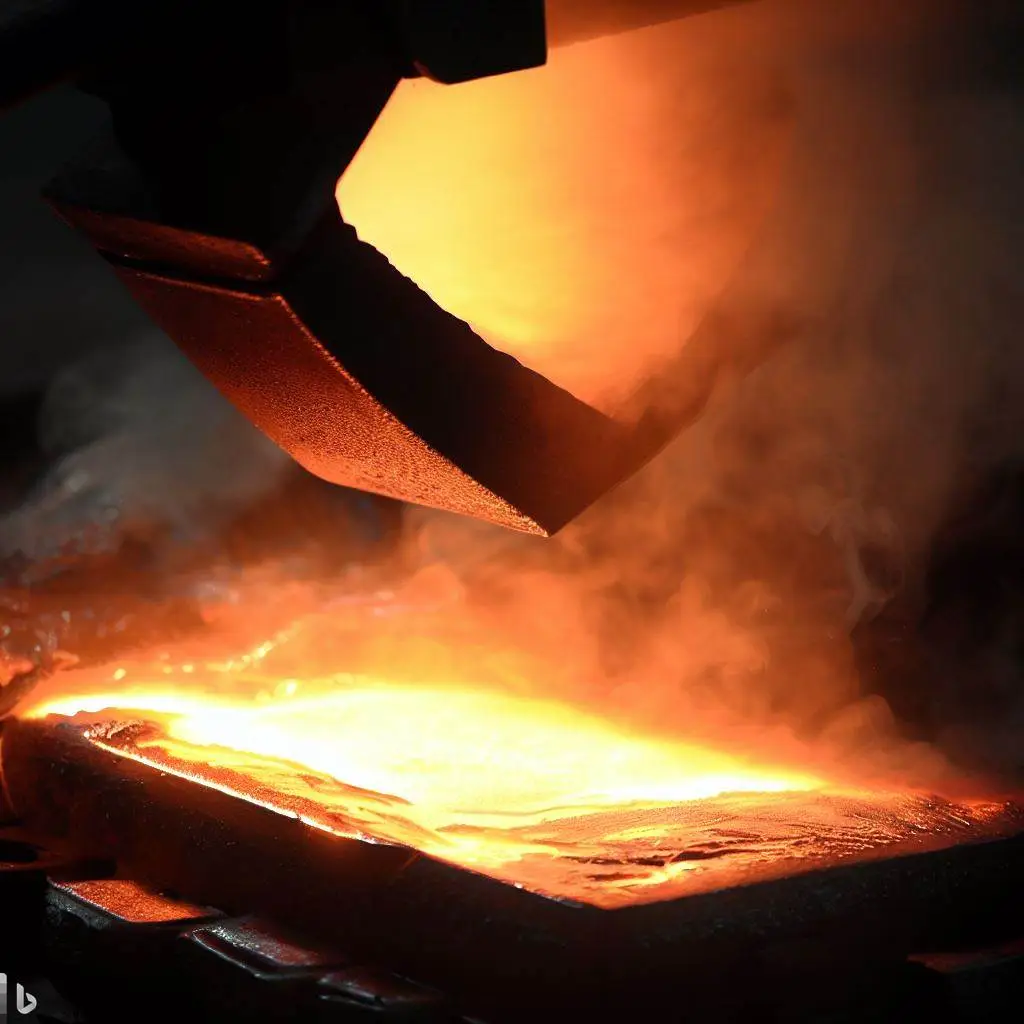About Bake Hardened Steel
2023-03-30
What is Bake Hardening Steel?
Bake-hardening steel is a high-strength steel produced by heat treatment. It is a low-alloy steel whose chemical composition is similar to ordinary carbon steel, but a small amount of alloying elements such as chromium, molybdenum and nickel are added during the manufacturing process. The main characteristics of bake-hardening steel are its very high strength and excellent toughness combined with good weldability and machinability.
The process of making bake-hardening steel usually involves two steps. The first step is to heat the steel to a high temperature and then cool it rapidly to form an austenitic structure. The second step is reheating at moderate temperatures to form a hardened martensitic structure that increases the strength and hardness of the steel. This process is often referred to as bake hardening or tempering.
Bake-hardening steels are commonly used in automotive manufacturing, especially in the manufacture of body and chassis components. It can reduce the weight and increase the strength of the car body, thereby improving the fuel efficiency and safety performance of the car.
What are the advantages of bake hardening steel?
Bake-hardening steel offers the following advantages:
HIGH STRENGTH: Bake-hardening steel has a higher yield and tensile strength than conventional steel, so it can withstand greater forces and loads.
Good Toughness: Bake-hardening steel has excellent toughness and ductility, so it can absorb more energy in the event of a collision or impact, thereby improving the safety performance of the car.
Lightweight: Bake-hardened steel is lighter than traditional steel, so it can reduce the weight of the car, reduce fuel consumption and improve fuel efficiency.
Good Machinability: Bake-hardening steels can be easily machined and formed, so parts can be manufactured in a variety of shapes and sizes.
The Process of Bake Hardening Steel
The process of bake hardening steel involves several steps, including:
Steel Composition: The first step is to create a steel composition with the appropriate amount of carbon and alloying elements such as manganese, chromium, and silicon. These elements affect the final properties of the steel, such as strength, ductility, and formability.
Cold Rolling: The steel is then cold rolled to achieve the desired thickness and mechanical properties. This process can increase the strength and hardness of the steel, but also reduce its ductility and formability.
Annealing: After cold rolling, the steel is annealed at a high temperature to relieve stress and restore its ductility and formability.
Electrocoating: The steel is then coated with an electrocoat primer to protect it from corrosion during subsequent processing steps.
Baking: The steel is baked at a specific temperature for a predetermined time to induce the precipitation of carbon atoms from solid solution, causing the formation of carbon-enriched regions in the steel. This process is known as strain aging, and it increases the strength and hardness of the steel.
Forming: Finally, the steel is formed into the desired shape, such as car body parts or chassis components. During this process, the steel undergoes additional deformation, which can further increase its strength and hardness.
Weldability of bake-hardened steels
Welding of bake-hardened steels (BH steels) requires careful consideration of the welding process and conditions in order to maintain the desired properties of the steel. BH steels have increased strength and hardness due to the bake hardening process, which affects the weldability of the material.
An important factor to consider is the welding heat input, which should be controlled to prevent overheating and softening of the steel. High heat input causes the steel to lose strength and hardness, reducing its resistance to dents and deformation.
Another consideration is the choice of welding method. In general, BH steels are best welded using low heat input methods, such as resistance spot welding or laser welding, to minimize the heat-affected zone and preserve the properties of the steel. However, other welding methods, such as gas metal arc welding (GMAW) or shielded metal arc welding (SMAW), can also be used with appropriate welding parameters and techniques.
In addition, preheating and post-weld heat treatment may be required to reduce weld stresses and maintain steel properties. Preheating slows the cooling rate of the weld, minimizing the potential for cracking, while post-weld heat treatment helps restore the steel’s strength and hardness.
What auto parts are bake-hardening steels typically used for?
Bake-hardening steels are commonly used in automotive components. The steel is typically high-strength and malleable, and is used to make the body, chassis and other structural components in the manufacture of cars. Compared with ordinary carbon steel, bake-hardening steel can be heat-treated at high temperature to achieve higher strength and hardness, while maintaining good ductility, making automotive parts more durable and safe. The manufacturing process of bake-hardening steel is relatively complicated, but due to its excellent properties, it is widely used in the automotive industry.
